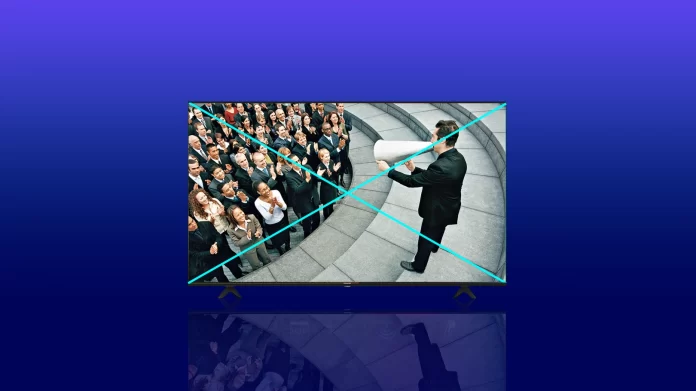A voice guide is one of the accessibility features you can use on your Hisense TV. In most cases, it helps people with sight impairments to use the TV. But if you suddenly hear the description of every move on the TV, it can be annoying. This usually happens because you could turn on the voice guide accidentally.
Fortunately, you can easily disable this feature. Hisense TV has two functions that voice your actions. These are Menu Audio and Video Description. Both of these features you will need to turn off.
How to disable voice guide on Hisense TV
Text-to-Speech (TTS) and Video Description features can help you navigate menus on the screen and hear audio descriptions of your actions and the features you select.
Text-to-Speech can convert written text to voice text to help non-sighted people listen to the information they cannot read. In addition, Video Description adds an audio narration to some programs, describing basic visual elements that sight-impaired users may not be able to see.
However, if you don’t need these features, follow these steps to disable them:
- Press the Home button on your remote control to open the Menu.
- Then go to “Settings”.
- Select “Accessibility”.
- After that, open “Menu Audio” and switch it to “OFF”.
- Turn back and open “Video Description”. Also, turn it off.
- Finally, go to “Menu Audio Settings” and turn the “Volume” down to zero.
Once you have completed these steps, your Hisense TV should stop describing your actions and different menu options.
Does the voice guide affect the stable functioning of the TV?
Actually, it all depends on which way you look at it. Of course, if the audio guide function is enabled on your TV, it will be slower. The fact is that playing the phrases that describe the functions and your actions on the TV wastes RAM resources. Because of this, the TV may run glitchy. To avoid this, it is still recommended to turn off the voice guide function.
However, people who have sight problems won’t be able to do without this feature when using the TV. Alternatively, they will have to press keys on the remote control or select menu items at random until they happen to succeed. That’s why accessibility features are important on TVs.
Read Also:
- How to get back to TV on Hisense TV
- Why do you see closed captioning instead of subtitles on your Hisense TV
- How to turn on subtitles on your Hisense TV
What’s the difference between a voice guide and a voice assistant?
Many people often confuse the voice guide with the voice assistant. On the one hand, it may seem that they are two identical functions, but that is not true at all.
A voice assistant is a set of programs that help you use your smart device remotely. Commands are given by voice – as you perform them, the device usually plays a voice response, which creates the illusion of a dialogue between a human and a machine. Some Smart TVs have a built-in voice assistant.
The voice guide is one of the most prominent “voice” features of smart TVs, even before full-fledged voice assistants were available. The feature is a voice duplication of any action performed on the TV. Accordingly, the accompaniment helps one navigate the TV menu by ear.
For example, a person enters settings and points the remote control at some item. The TV will make an accompanying sound. The voice will announce the name of the item that was highlighted. However, the voice guide, of course, cannot execute commands as Alexa does on a Samsung TV, for example.






